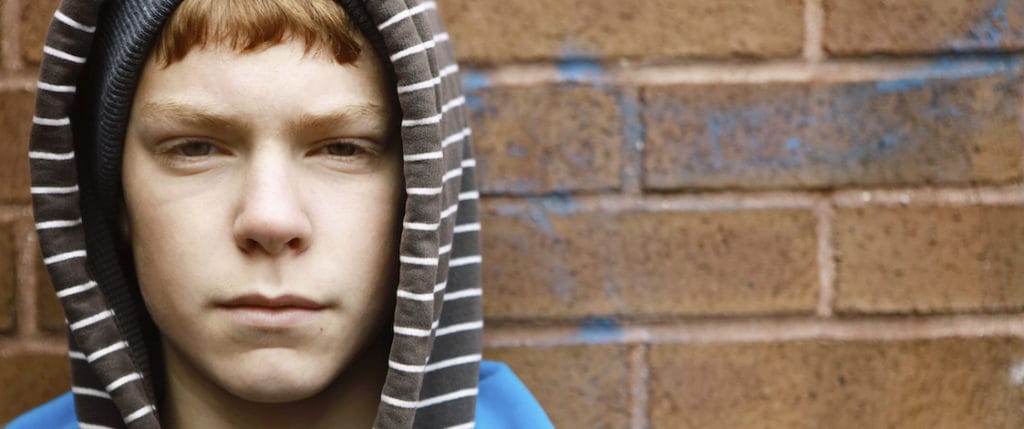Not all teen prescription drug abuse prevention programs are created equal, as researchers from Duke University and Pennsylvania State University discovered during a recent study. The six-year study found that while some of these programs appear to show significant results when it comes to reducing teen drug abuse, others do not appear to have any effect. The Duke and Pennsylvania researchers studied 11,000 teenagers in demographically similar school districts as they progressed from grade six to grade 12. The teens, from 28 rural school districts in Pennsylvania and Iowa, were given anonymous surveys each year in which they were asked to report any prescription drug abuse. In addition to examining the overall effectiveness of these prevention programs, the study also looked at their cost-effectiveness.
Combination Approach Most Effective
The combination of school-based prevention programs and home-based programs produced the most notable reduction in the rates of teen prescription drug abuse. Significantly, only one of the three school-based programs in the study had any effect at all when used on its own. Compared to a control group, the school-based Life Skills Training Program resulted in a 4 percent decrease in the number of teenagers who abused prescription drugs. With an average cost of $15 per student, the Life Skills Training Program was also one of the most cost-effective prevention programs examined by this study. However, this program was the lone bright spot among a variety of school-based programs that do not seem to be making any impact in the fight against this widespread problem. This suggests that money and other resources may be going to waste on efforts that, despite their good intentions, are not actually reducing teen drug abuse. However, an additional program—the All Stars Intervention program—was also more effective than a demographically similar control group when it was used in combination with the home-based prevention program called Strengthening Families 10-14. The remaining prevention program examined in the study—Project Alert—did not achieve any statistically significant difference in the number of teens who abused prescription drugs compared to the control. By far the best results were seen from the combination of the Life Skills Training program and Strengthening Families 10-14. The researchers saw a drop of 10 percent from teens who did not receive any form of intervention to those who received training from the combination of these two programs. Life Skills Training is an 18-session program that focuses on building social skills and confidence to help teens be more assertive. Strengthening Families 10-14 (there are also programs for other age groups) is a 14-session program in which both teens and parents participate, and which builds life skills, parenting skills and family skills.
Toll of Prescription Drug Abuse
While prescription drug abuse prevention programs that do not produce results may be a waste of resources, effective programs are well worth the investment. Currently, prescription drug abuse affects more than 12 million people in the United States and is the most common form of drug abuse among adolescents aged 12 and 13. Prescription drug abuse is believed to kill more people each year than heroin or cocaine. Furthermore, the average cost to society for each person addicted to prescription drugs is approximately $7,500, which is vastly more expensive than the cost of prevention programs like Life Training Skills. This study was published in the online journal Preventive Medicine.

